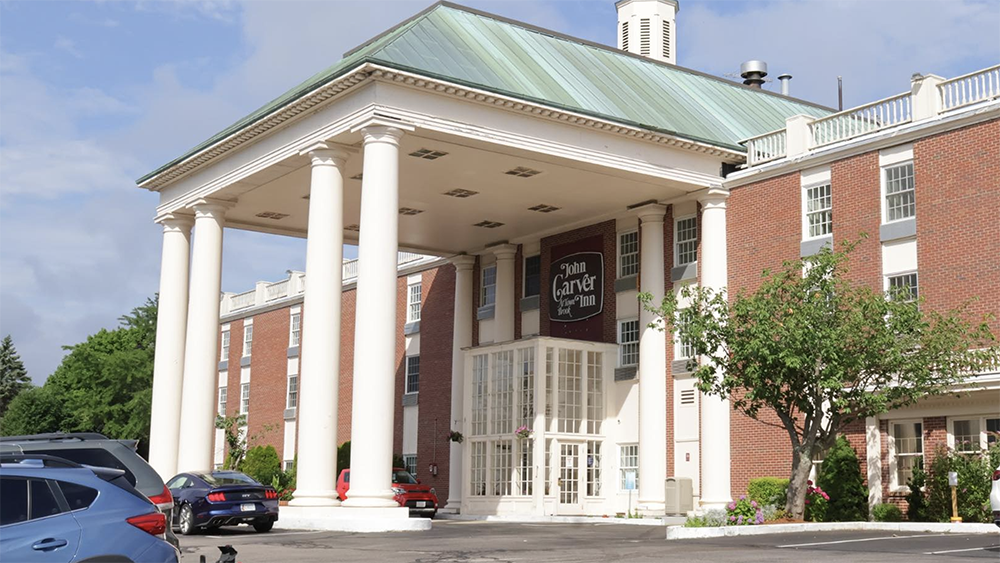Back to school: Four lessons on solar energy for the real estate industry - by Craig Huntley

Solect Energy
As teachers put the finishing touches on their classrooms, parents stock up on school supplies, and kids excitedly rush into the new school year, it seems like the perfect time for a back-to-school refresher on solar energy and the real estate industry - solar energy 101 if you will. Refresh your knowledge with a look at four key trends about solar energy as it relates to the real estate industry:
Solar energy systems no longer need to be matched with energy consumption
Under the new Massachusetts solar energy program called SMART, building owners can install “stand-alone systems.” Previously, solar energy systems needed to be “behind the meter” meaning they literally spin the meter backward, reducing energy bills or even generating additional revenue from excess power. This program was great for owner-occupied buildings, but a bit trickier for building owners who had tenants that were paying their own utility bills. Under the SMART program, you can turn your roof into a revenue generator by simply selling the power directly back to the utility or allow a solar firm to rent your roof and pay you for the space.
The clock is ticking on a critical federal incentive
The Federal Investment Tax Credit (ITC) provides a 30% tax credit in year one based on the cost of a solar energy system. However, the incentive is slated to decrease in coming years down to 10% by 2022. If you want to get the full 30% you will need to have entered into a valid contract and put down as little as 5% by Dec. 31st, 2019. There is still time to get the full credit, but you’ll have to act fast.
Solar isn’t just for rooftops
Some building owners may not have space on their roofs or may already have installed solar energy systems. In these cases, solar canopies are a great way to increase revenue and to provide protected parking. They essentially act as carports and provide protected parking for occupants and can be paired with electric vehicle chargers. Canopies allow building owners to offer additional amenities for tenants while generating additional revenue at the same time.
Energy storage can reduce demand charges and build resilience
Massachusetts has recently passed incentives for energy storage systems. These systems reduce costs by lowering monthly demand charges, which are calculated based on a single 15-minute window each month and can be as much as 75% of the entire bill. Storage systems can also keep critical systems operating during power outages and provide the ability to “island” a system; i.e., the solar energy system can be disconnected from the grid during outages and be used to charge the energy storage system.
As school begins and we transition into fall, it’s important to prepare for the end-of-the-year push. Along with your back to school shopping, solar energy should be at the top of your list this year for fall projects.
Craig Huntley is the chief development officer for Solect Energy, Hopkinton, Mass.
Mount Vernon Co. acquires John Carver Inn & Spa in Plymouth, MA


Selecting the right façade installation firm - by Steven Powell

Recently passed legislation creates opportunities to meet CT’s changing energy needs - by Klein and Feinn


.png)





.png)
